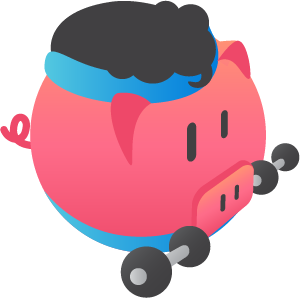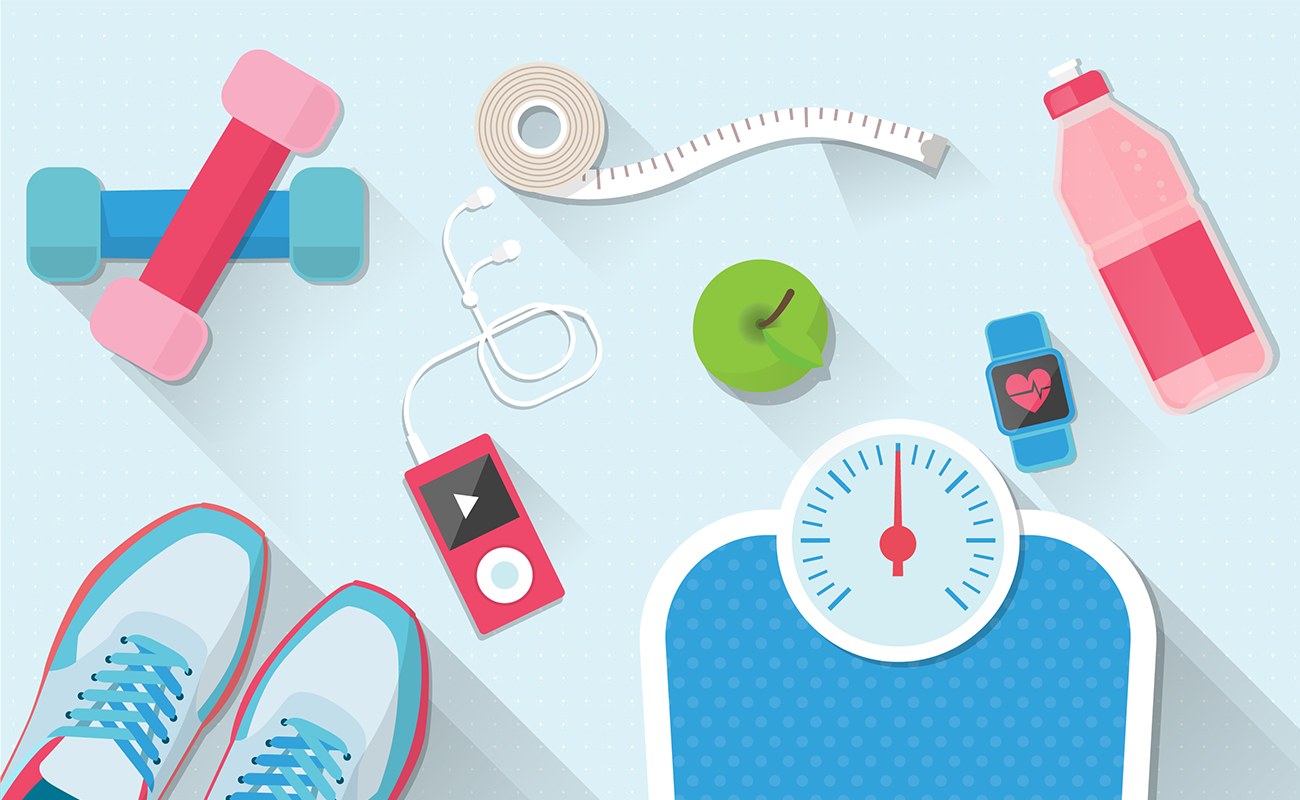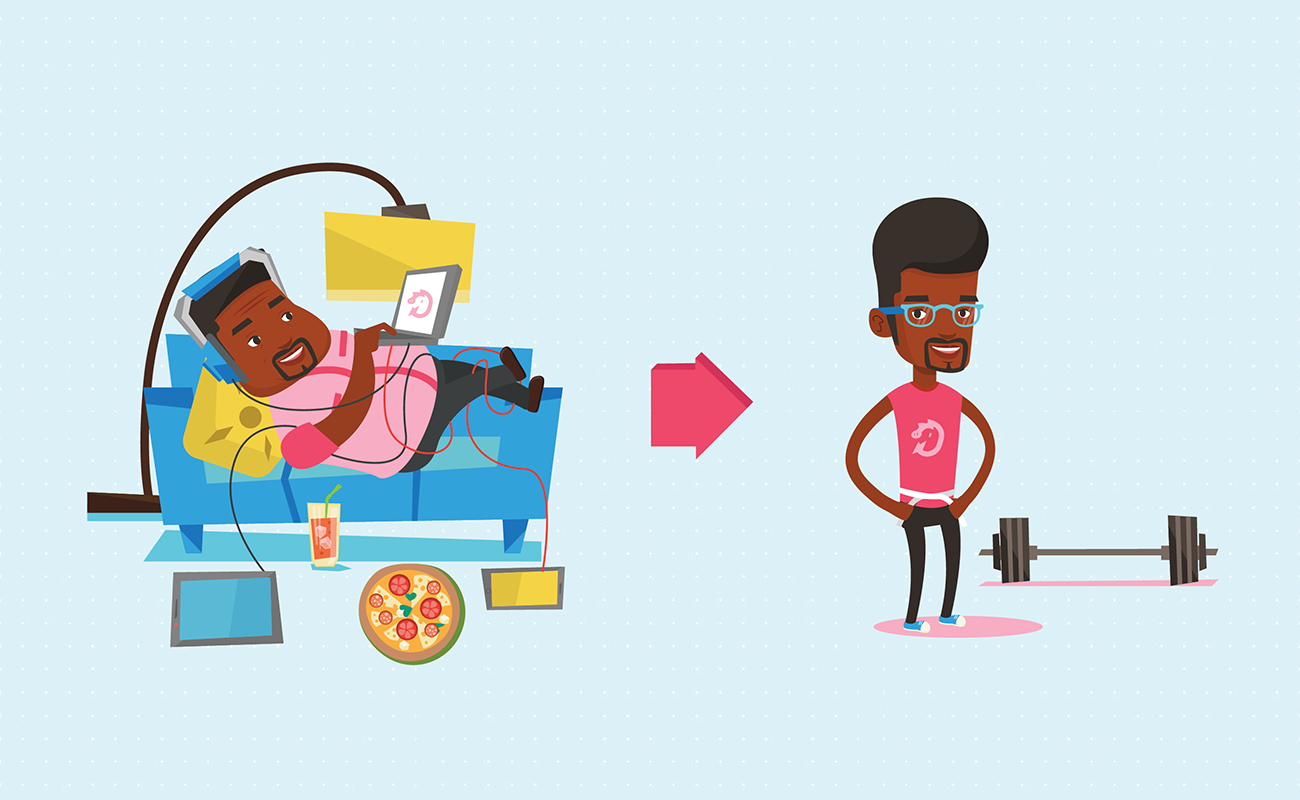Life
 Weight Loss Planning Calculator
Weight Loss Planning CalculatorThis calculator makes it easy for people interested in losing weight to see how much they will need to lower their calorie consumption to reach their goals. Enter your age, height, weight, goal and how long you have to achieve your goal and we will suggest how many calories you would need to consume daily in order to reach your goal. After you have reached your goal we will also estimate the required calories to maintain your new weight.
Note: if you are able to measure your body composition you will get more accurate Total Daily Energy Expenditure (TDEE) results from this calculator by entering your body fat percentage.
Authored by Jose Abuyuan on November 10, 2019

Simplifying weight loss to a game of arithmetic is easier said than done, mainly due to how difficult it is to accurately quantify how much energy the body needs. Traditionally measured in calories, energy consumption is far from a meticulous numbers game; the amount of energy you take in or expend in your daily life can only be measured in ballpark estimates, based on your height and age.
And even these guidelines are often complicated by your fitness level and lifestyle. For instance, you may need to cut back immensely if you live a largely sedentary lifestyle, whereas eating heartier meals may make sense if you engage in a lot of physically demanding activities. If you want to build muscle, you are often encouraged to consume (largely protein-rich) meals.
Excess body fat, especially around the waistline, is linked to several diseases:
In addition, over the course of several years, extreme obesity can put strain across on your skeleton, leading to osteoarthritis and lower back pain. Pregnant women who are overweight may encounter complications during childbirth, expose their children to health risks before and after birth.
The goal of weight loss should be a steady and sustainable decline in weight. The healthy rate of weight loss is around 0.5 kg to 1 kg a week, and this modest loss can leave a lasting impact on your health. Even losing 5 percent of your body fat over an extended period can lead to significant improvements in your blood sugar levels, blood, pressure, and blood cholesterol. Losing up to 7 percent of your body fat, coupled with regular exercise, can greatly reduce the risks of type-2 diabetes.
Known as a symptom of many diseases, a very dramatic change of weight over a short period is a cause for concern. Losing weight too fast can cause you to become lethargic. Other health problems that can emerge from rapid weight loss include gallstones, malaise, and malnutrition. Moreover, inducing rapid weight loss is not sustainable or effective in the long run; any weight you lose through unhealthy weight loss can be gained back.
On average, it takes approximately 6,000 calories to burn about 2.2 pounds of body fat. Cutting back up to 1,000 calories a day is crucial to achieving a sustainable rate for weight loss. While the math seems simple enough, it is not the only factor in play. Eventually, the body gets accustomed to the caloric intake and exercise, creating the so-called fitness plateau that slows down further weight loss.
A key aspect of healthy weight loss that feels rapid is consistency. By eliminating the source of the plateau, you get to see consistent results every week. The key to doing this is to avoid routine. Some of the ways to eliminate this setback is by reassessing your workout and diet programs and then shaking things up. Alter your workout plan to incorporate a different set of exercises and reconsider key aspects of your diet plan.
Identifying whether you are at a healthy weight can be challenging, however, as no one measure by themselves can give a complete picture of your weight range. Thus, doctors rely on multiple measures that determine both the nature of the weight and where it accumulates.
The most common way to measure if your weight is healthy is through the body mass index (BMI), derived from a person's height, age, and gender when determining how much they ought to weigh. Anyone who falls a few pounds short of the predetermined ideal weight are considered underweight, whereas people who exceed it may be overweight.
Although there is a strong correlation between the two, BMI is not always indicative of a high proportion of body fat. Athletes with a denser musculature, for instance, may be overweight despite being physically fit. For these cases, health professionals rely on other, more specialized weighing methods. For the most part, the BMI is a good ballpark for determining a healthy weight range.

Calorie counting is a double-edged sword. On one hand, this strategy provides structure to your diet plan by giving you a general idea of the amount of calories there are food you eat. Done correctly, calorie counting can be an effective tool to help you combat overeating and switch to healthier options when snacking. Calorie counting can take the form of meal tracking, which can bolster your efforts to cut back on emotional or stress eating and find more constructive
On its own, however, limiting caloric intake based solely on the number of calories is not quite as effective as it seems on paper. You aren't always getting an accurate picture of how many calories you are actually avoiding in the nutrition labels in your food, which are often imprecise figures that are also altered considerably by various factors such as the cooking process. In addition, you may subject yourself to a lot of stress counting the calories in every meal.

The key is to set realistic goals. Don't expect sweeping results immediately from your diet and exercise program, nor should you expect yourself to follow calorie counting with numerical precision. Moreover, you shouldn't let the need to follow calorie counting goals overstep your body's hunger and fullness cues.
Macronutrients—proteins, fats, and carbohydrates—represent the bulk of the nutrition in food. The body processes these differently, and the proportion you should be eating them is dependent on your fitness and health goals. Ideally, you should eat a balanced portion of these macronutrients based on your immediate needs.
Historically prized and despised by popular over the years, fat is an energy dense and sating part of a diet and plays an essential role in absorbing micronutrients. In the past, it was thought that fat alone was the cause of obesity because fat cells absorb existing fatty acids more readily than they convert amino acids and glucose into fatty acids. Of course, an abundance of glucose will likely trigger the fat cells to absorb and process glucose, which is why a diet high in sugar (a simple, easily processed carbohydrate) is criticized today. Moreover, studies have identified that a diet rich in simple carbohydrates like sucrose is linked to an increased risk in type-2 diabetes.
In truth, specific proportions of which macronutrients usually has no impact on whether you gain or lose weight. Eating any quantity of food in excessive amounts can contribute to weight gain through fat storage.
 Besides keeping you full, meals rich in dietary fiber can help manage blood sugar absorption.
Besides keeping you full, meals rich in dietary fiber can help manage blood sugar absorption.Among the biggest challenges faced by calorie counters is the feeling of hunger that comes with dieting. Your body is simply not used to eating less, and you start feeling hungry more often—more so if you happened to be exercising as well. Achieving a feeling of fullness throughout your diet can go a long way in improving your odds of committing a diet plan to habit.
Fortunately, the right choice of food can extend your feelings of satiety (fullness) after each meal. The ability of foods to induce fullness is measured in the Satiety Index. Incorporating these foods in your diet can help you with portion control, helping you eat less in each meal without worrying about feeling unexpectedly hungry too soon.
Many of the foods that rank high in the Satiety Index are often high in protein or dietary fiber, which come with their own health benefits for weight watchers. High-volume foods that contain a large bulk of their weight in air and water can also keep you full, as would foods that have a low energy density (that is, they are low in calories).
The following foods are some of the most satiating:

Because satiating foods can help you eat less in every subsequent meal, eating a satiating breakfast at the beginning of each day can help you control the number of calories you consume thereafter. This can take some of the frustration away from maintaining a diet and properly.
A key component in many satiating foods, dietary fiber also plays a crucial role in achieving the health goals associated with healthy weight management. Fiber not only reduces the amount of food you would eat but also slows down the digestion process. In addition, soluble dietary fibers help slow down the absorption of simple sugars into the bloodstream, which can improve your blood sugar levels in the short and long term.
Don't do it.
Habitually skipping entire meals daily would lead to persistent low blood sugar levels, which leads to a constant state of irritability, fatigue, and lethargy. Over time, meal skipping can cause the body to slow down its metabolism and bolster your cravings, undermining your ability to lose weight in the first place.
Meal skipping should not be mistaken for more reasonable dietary strategies like intermittent fasting, which at most schedules the first meal further away from one another. Likewise, eating health satiating foods and managing your portions of high calorie, low nutrition foods in each meal is a far more effective way of cutting back on calories.
Exercise is the second part of the weight management equation. Regular exercise not only consumes your excess calories for the day but also helps develop your muscles. Well-developed muscles consume a lot of energy to maintain themselves, thereby helping you consume more calories even at rest.
This is part of the reason why a well-planned diet and exercise are almost always done in tandem. Although you cannot simply work off the weight unless your cut back on your caloric intake, the best way to consume your calories is to exercise. A good exercise program should be developed alongside a diet plan to help you achieve your weight management goals.
 Healthy weight management is a long-term commitment.
Healthy weight management is a long-term commitment.Even a little exercise can have a positive effect on your health and wellness, which is good news for fitness newcomers who might be a little wary of the impact cardio exercises may have on their joints. Ask your doctor for the best type of exercise program for your health and fitness level.
Many of these exercises can be done at home or within your neighborhood and are suited for people both young and old. Some of the best low-impact exercises for beginners who want to start burning weight include the following:

Of all the exercises available, walking is one of the easiest to get to and among the best to incorporate into your daily routine. Other exercises can be incorporated over time to help you overcome plateaus in your results.
One of the biggest reasons why people don't exercise enough is the lack of time. Fortunately, shorter, high intensity workouts are often just as good as an hour's worth of regular intensity training. Findings show that these shorter workouts—at least three 10-minute sessions every week—helped give participants greater endurance. With your doctor's permission, choosing a high-intensity interval training (HIIT) program might be the right fitness program for you.
Many HIIT programs can be done in the comfort of your home. A few of the exercises included in many HIIT workout plans are as follows:
The recurring element in HIIT workouts is that they are quick; when one set ends, another begins. They will leave you tired by the end of it. These workouts also rely on achieving good form quickly, so it is important to master them beforehand.

Regardless of what option you choose, it is important that you pay attention to your body and not overexert yourself. Avoiding injury can help you increase the frequency of your workouts and keep you active for much longer.
Jose Abuyuan is a web content writer, fictionist, and digital artist hailing from Las Piñas City. He is a graduate of Communication and Media Studies at San Beda College Alabang, who took his internship in the weekly news magazine the Philippines Graphic. He has authored works professionally for over a decade.